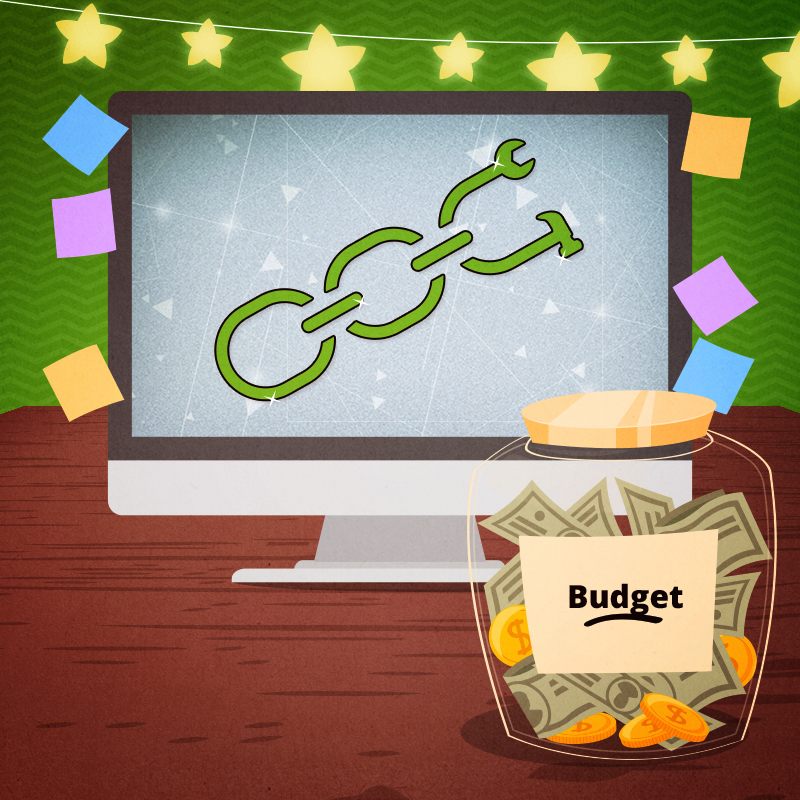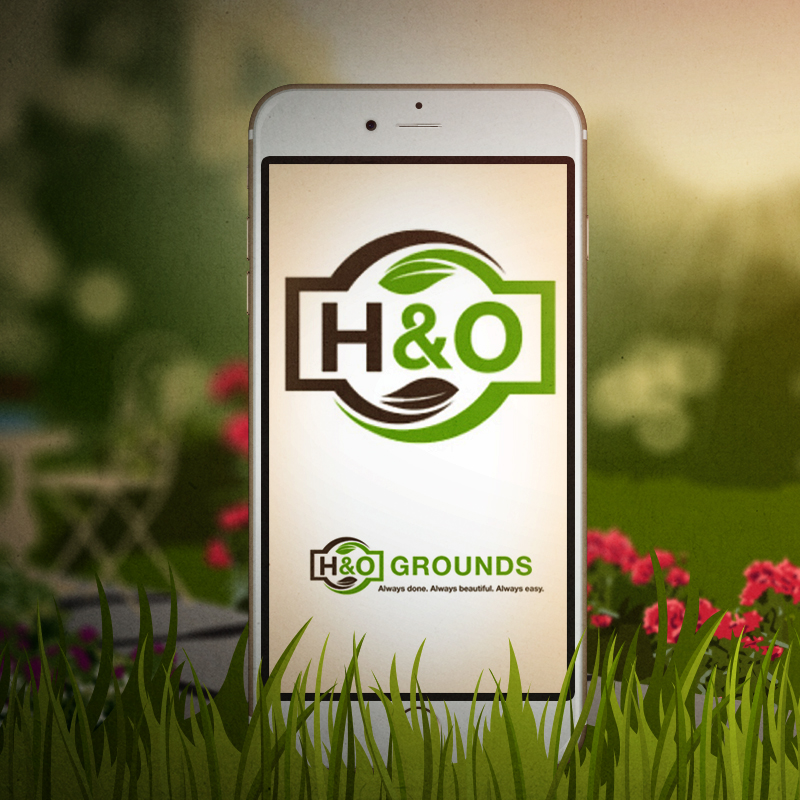Some marketers will swear that Facebook ad campaigns are dead and no longer worth your time or investment. These rumors are wrong. Dead wrong.
According to KISSmetrics, Facebook is expected to generate $4 billion in revenue this year from advertising alone. Obviously people are getting results if they’re spending this much on ads.
Besides, the average American spends 40 minutes per day on the mega platform. Why wouldn’t you want to market to such a huge audience? Especially when you can customize your ad to specific audiences. The answer is you do. In fact, that’s exactly why you are here reading this blog in the first place, right? 😉
“Facebook is expected to generate $4 billion in revenue this year from advertising alone.”
So why do so many ad managers swear against using Facebook ads? Most likely they didn’t see any immediate results and gave up on their campaigns too early. It’s only by running an ad campaign for a little while that you can identify patterns, your target audience and optimize your campaigns to increase ROI.
Facebook Ad Basics
There is a variety of options available for advertising on Facebook. You can promote actions users took on page, promote your page, posts on your page or your own website. Let’s take a quick dive with a brief overview of the different types of Facebook ads:
- Domain Ad – A domain ad consists of a title, a short description, and a URL of your choice. These ads can only be displayed on the right column of a Facebook page which means that mobile users will not be able to see this type of ad. Another drawback to these types of ads is that click-through rates (CTRs) can be low in comparison to other ads on the platform. On the bright side, domain ads are affordable, and sometimes downright cheap.
- Page Post Link – As one of the most versatile Facebook ads, post page links are also some of the most popular and effective. These can be displayed in the newsfeed (aka Newsfeed ads) which makes them come up on mobile, or they can also be in the right column. Another reason these ads are so popular is that they feature a big image that’s effective in capturing the attention of users. Notorious for high performance, these ads typically generate a decent CTR and simultaneously generate more likes for your page.
- Multi-product – Appearing in the newsfeed (which means they come up on mobile), multi-product ads are the newbie in the bunch, debuting in June of 2014. These ads are extremely handy for eCommerce marketers that need to promote many products from their eCommerce store. This newest ad type’s clear advantage is the ability to link to three separate products from your online store to directly to the ad with each link featuring its own image, and title. This creates a higher chance of converting.
3 Simple, yet powerful Facebook ad targeting strategies
Facebook offers the ability to target audience based on profile information, location, and demographics. Once your ad is ready, you set your budget and bid for each click per thousand impressions that your ad receives.
- Use advanced connection targeting. Use tools provided on the platform that target audience through your existing connections. Making it easy to reach new leads, Facebook also has tools in place to ensure you omit people who have already liked your page. You can also promote your ad to friends of your current audience. Simply go to: Ad tools>Audience>Connections>Advanced connection targeting. There you will enter your page in the correct categories.
- Filter users based on interests. Get inside the minds of your target audience by using interest targeting that allows you to choose your audience based on hobbies, pages they like, and other interests. This data is determined by the type of content they share, pages likes, previous ads they have clicked on, and content they post on Facebook.
- Target the right demographics. Facebook allows you to target your audience based on various demographics. eCommerce sites and retail businesses typically use three factors: age, gender, and relationship status. How do you know the right demographics for your audience? That’s easy, too. Go to: Page Insights>Your Page>People – and view the actual demographics of people who interact with and visit your pge.
Who is the right target audience for you?
When setting up a Facebook ad, the traditional process go something like this:
- Define target audience.
- Use Facebook targeting descriptions relevant to that audience.
- Create sets of ads using those set targeting options and run your ads.
How do you know that the targeting options you specified are working effectively? It’s easy to monitor this and make adjustments accordingly using Facecbook reports later.
In Facebook ad manager, click on reports on the left-hand side.
Then, click “Breakdown: None.”
Now you can breakdown the audience by:
- Delivery: age, gender, country, placement
- Time: daily, weekly, bi-monthly, monthly
- Actions: conversion device, destination, video view type
If you are planning to optimize your Facebook ads, it’s imperative that you always review these reports to ensure you have selected the right target audience. Oftentimes the audience that actually visits your page is different than your preconceived idea.
Also, be sure to investigate whether users are exposed to your ad from mostly desktop or mobile. Many times, younger users are accessing via mobile (this helps you determine what types of ads to run). Analyze this report fully before you begin optimization (see next tip on optimization timing).
When is the right time to optimize your Facebook ads?
So you started your new ad campaign more than two days ago, but nothing. No results. Not a single conversion. You don’t understand why you’re not seeing results.
You optimized your ad. But – did you optimize your ad at the right time?
Don’t panic. All too often page managers get into a tizzy about not seeing immediate results and can turn off an ad campaign prematurely.
Falling into a typical pattern of ineffective Facebook ad management – managers will often use stats to optimize their ad that are insignificant because the total reach is still too small to analyze. Keep in mind that you need to reach at least around 1,000 or more people before you have enough data to analyze.
Once your ad has seen a significant number of users, then it’s time to analyze your stats to optimize your ad.
“All too often page managers get into a tizzy about not seeing immediate results and can turn off an ad campaign prematurely.”
How often to publish Facebook ads
One thing to keep in mind when deciding how often to publish your ads is that reach doesn’t mean that a user actually saw your ad. Rather, it simply means that your ad appeared while they were on that website.
So how do you make sure your ad gets noticed?
Use the rule of three. Psychologists say that people need to see something at least three times before they will remember it. Use this method with your Facebook ad strategy and show your ad to users at least three times.
This can be slippery ground because you don’t want to burn out your audience by showing your ad too many times.
Depending on whether your ad displays on newsfeed or right column will determine the proper publishing frequency for your ad. If it’s a newsfeed ad, aim for a minimum of three times and a maximum of ten times. If it’s a sidebar ad, somewhere between a minimum of 10 times and a maximum of 40 times is a good starting point.
How to optimize for best possible ROI
By looking from the end of the conversion process, you can optimize more effectively and make changes that will likely have a greater impact. When you optimize only according to click-through rates and reach, you are taking an educated guess that could lead to more guessing as you go.
Analyze the metrics at the end of your conversion cycle to optimize your ads effectively based on data from your past conversions. Learn more about analyzing metrics to determine ROI in our previous article, Measuring Social Media Marketing ROI: The Elephant in the Room.
“Measuring the ROI of social media is all about crunching the numbers – the number of people your campaign reaches, the amount of traffic it drives to your website, the number of customer leads it produces, and the estimated value you assign to each of these as they contribute to a new sales result.”
– Rachael Van Cleave, Crocodile Digital public relations specialist
If your ad is to promote Facebook email signups, review the cost per registration and total number of registrations. If you want to run an ad to increase post engagement, look at your cost per engagement from the past. Or, if your ad is to promote product sales, evaluate the total number of sales and cost per sale.
Take action
A tool is only as good as the person using it. Take your Facebook marketing strategy to the next level with the actual implementation of these strategies to get the most out of your Facebook ad investment. We also have an excellent article on getting the most from your LinkedIn ad campaign – a must-read for anyone running or thinking about running ads on the platform.
If you have any questions on Facebook ads or other forms of social media paid advertising, we’d love to hear from you. Please feel free to leave a comment or contact us about your digital marketing strategy. If you enjoyed this article, please feel free to share it with a friend.






Leave A Comment